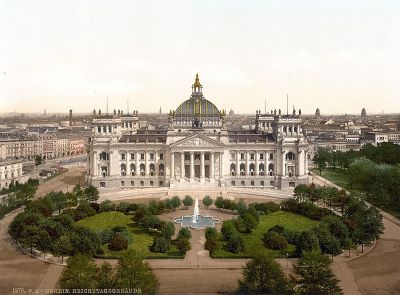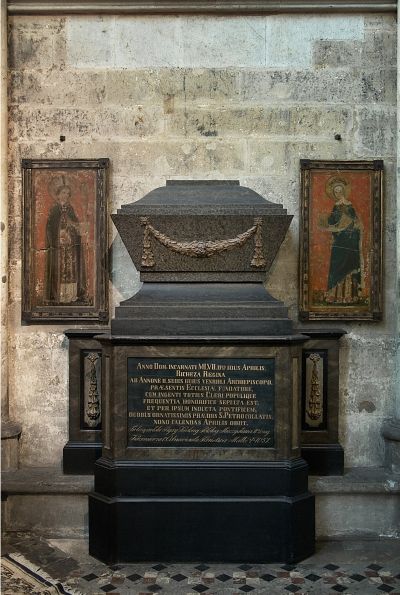Raczyński-Palais

According to the Berlin tourist guide Tomek, “the Reichstag stands on Polish ground”. This proud remark arouses particular interest in tourists from Poland. It must be said, however, that this is a slight exaggeration. In fact the Reichstag does not stand on Polish ground but on the walls of the Raczyński Palace. Raczyński? The name cannot sound more Polish.
When the Polish count and Prussian diplomat Athanasius Raczyński moved to Berlin in 1834 at the age of 46 he was not only an experienced politician but came from an influential aristocratic family in Poznan. As an enthusiastic supporter of Napoleon he fought for Polish independence on the side of the French. But following the end of Napoleon’s reign in Europe he announced his loyalty to the Prussian king and did all he could to promote Polish culture in Greater Poland, a region under Prussian rule. However it was not easy for him to win the trust of the Prussian king. First he had to prove that he could be useful to the king in the post of Prussian ambassador in Copenhagen, Madrid and Lisbon.
In order to strengthen his position in Berlin he bought a house in the centre of the city at number 21 Unter den Linden, where he opened an art gallery with access to the general public. From his early years Athanasius Raczyński had been collecting paintings by old Masters and contemporary artists and was generally acknowledged as a connoisseur and generous patron of the arts. Within 10 years of his arrival in Berlin he decided to extend his gallery by financing the construction of the Raczyński Palace at Königsplatz near the Brandenburg Gate.
King Friedrich Wilhelm IV. let him have the site for temporary use on the condition that he made his pictures open to the public. Thus the Raczyński Palace was built between 1842 and 1844 as a public gallery to house the art collection of Athanasius Raczyński. But three decades later dark clouds began to loom over the palace. After the foundation of the German Reich in 1871 German parliamentarians needed a large building in which they could assemble. The desired site for the newly planned German Reichstag was located at the eastern end of Königsplatz and was already occupied – by the Raczyński Palace.
Nonetheless the German government achieved its aim thanks to Prussian single-mindedness, the approval of the Kaiser and a considerable amount of money. After the death of Anathasius Raczyński in 1874 his son Karol Edward sold the palace to the German state, upon which it was demolished in 1883. And today the German Reichstag stands on the site where once a Polish count and Prussian diplomat exhibited his art collection. The collection was first moved to a temporary site in Berlin before finally being transferred to Poznan in 1904. The collection can still be seen in Poznan where it makes up a large section of the paintings in the National Museum.
Adam Gusowski, February 2014




